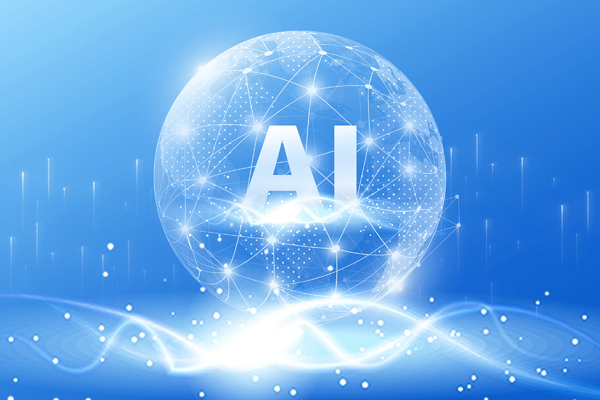What is artificial intelligence? What are the categories of artificial intelligence?

With the continuous development of science and technology, artificial intelligence (AI), as a cutting-edge technology that leads the trend, is profoundly changing the way we live and work.
What is AI?
Artificial intelligence refers to systems built using computer science that enable them to perform tasks that usually require human intelligence. This includes learning, reasoning, problem solving, language understanding, visual perception and other capabilities. The goal of AI systems is to enable computers to perform tasks autonomously by simulating human intelligent behavior, thereby improving efficiency and solving complex problems.
The research fields of AI mainly include machine learning, natural language processing, computer vision, expert systems, etc. Machine learning is an important branch of AI that enables computers to learn data patterns so that they can complete tasks without explicit programming. Natural language processing involves enabling computers to understand and generate human language, while computer vision is dedicated to enabling computers to "understand" images and videos.
What are the categories of artificial intelligence?
I. Weak artificial intelligence and strong artificial intelligence
1. Weak artificial intelligence (Narrow AI): also known as narrow artificial intelligence, refers to AI systems that focus on performing specific tasks. Such systems perform well in limited areas but lack general human intelligence. For example, voice assistants and recommendation algorithms are all weak AI.
2. Strong AI (General AI): Also known as generalized AI, it refers to AI systems that can perform various tasks like humans. This form of AI has cross-domain intelligence and learning capabilities and is still in the theoretical and research stage.
2. Classification based on function
1. Expert system: This system simulates the knowledge and decision-making process of experts in the field and is used to solve problems in specific fields, such as medicine and finance.
2. Machine learning: By allowing computers to learn from experience, machine learning enables systems to adapt to new data and improve performance, including supervised learning, unsupervised learning, and reinforcement learning.
3. Natural language processing: The field that enables computers to understand, interpret, and generate human language, including speech recognition, semantic analysis, etc.
4. Computer vision: By allowing computers to "understand" images and videos, applications such as object recognition, image classification, and face recognition are realized.
3. Classification based on learning methods
1. Supervised learning: The system learns the mapping relationship between input and output through training data sets. During training, the system receives labeled data and then makes predictions based on those labels.
2. Unsupervised learning: The system does not have explicit labels, and the goal is to enable the system to discover patterns and relationships in the data on its own. Clustering and dimensionality reduction are common unsupervised learning methods.
3. Reinforcement learning: The system learns through interaction with the environment and receives rewards or penalties based on different behaviors. Reinforcement learning is often used in scenarios that require decision-making and action, such as games and robot control.
IV. Classification based on application fields
1. Healthcare: including disease diagnosis, medical image analysis, and patient management.
2. Financial field: used for risk management, transaction prediction, anti-fraud, etc.
3. Transportation and logistics: including self-driving cars, path planning, and logistics optimization.
4. Education field: providing personalized learning, intelligent assisted teaching, etc.
5. Entertainment and games: including virtual reality, augmented reality, and smart games.













